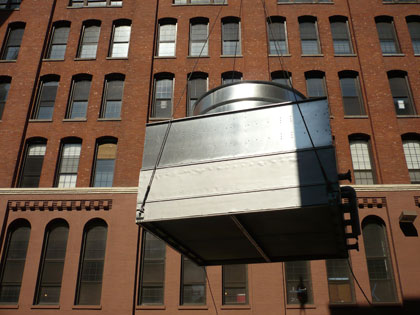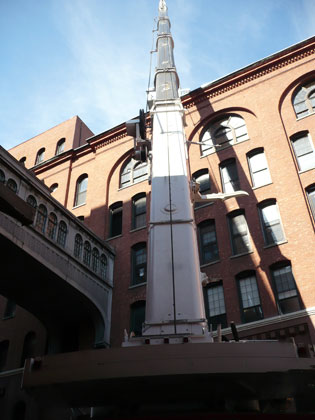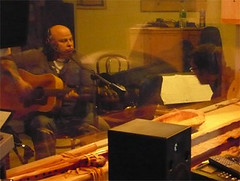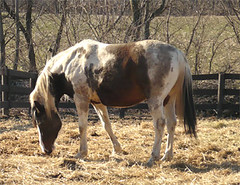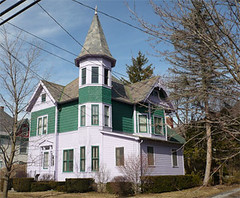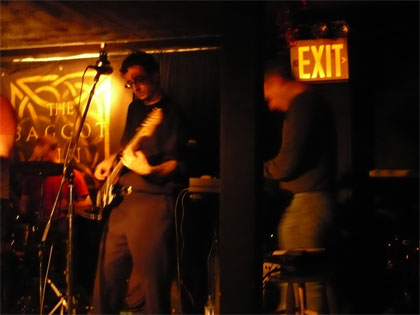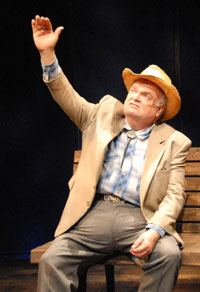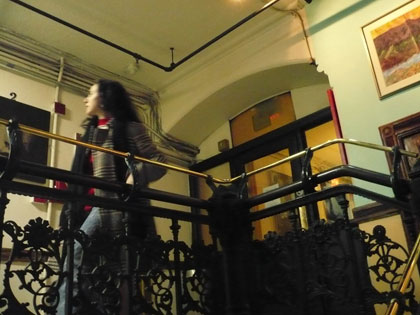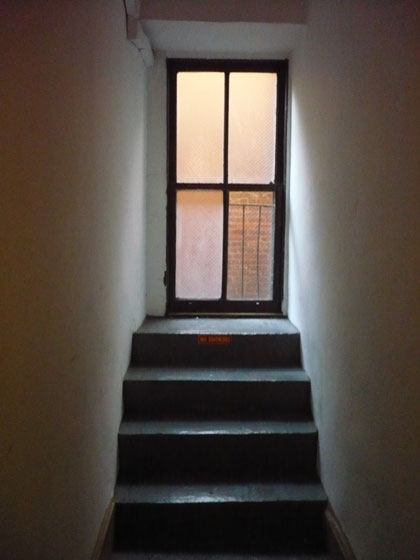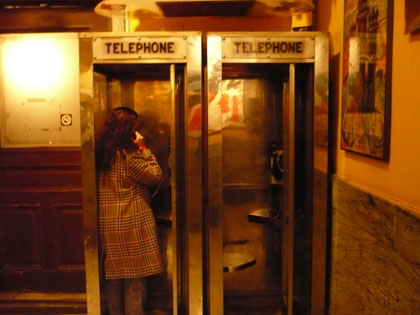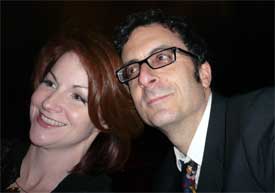Mortals Theater and Gray Lady Entertainment, Inc. are to be commended for giving these two obscure one-act plays by Arthur Kopit their first New York production. With strains of realism floating through absurdity, the plays document Kopit's early direction as a playwright. He became famous for other works, notably Oh Dad, Poor Dad, Mamma's Hung You in the Closet and I'm Feelin' So Sad and, later, Indians and Wings. These two one-acts, much less well known, carry the prevailing tenor of their Cold War milieu in interesting ways.
As entertainment for 21st century audiences, their merit is less certain. Chamber Music, which opens the evening, has aged the better of the two. Absurdity and insanity, its twin plot drivers, are always with us and never go out of style, though asylums like the one depicted have fallen somewhat out of favor. As in Ken Kesey's roughly contemporaneous One Flew Over the Cuckoo's Nest, the inmates of a loony bin noisily reverberate with the officially sanctioned craziness and violence of the "normal" world outside.
Eight women who think they are various important historical figures — one of whom, the play faintly suggests, might actually be Amelia Earhart — meet to consider their response to a perceived threat of an attack by the men's ward. Gaveled to a semblance of order by "Susan B. Anthony," the sulking, bickering group wades through their personal delusions to concoct together a series of increasingly insane plans. Here Kopit reflects Cold War paranoia much as Rod Serling did in many of his Twilight Zone teleplays, if more symbolically.
The precise identities the women have adopted (besides Anthony and Earhart, they are Gertrude Stein, Contanze Mozart, Joan of Arc, Queen Isabella of Spain, the explorer Osa Johnson, and the silent-film actress Pearl White) seem to matter less than the fact that they represent women who broke paternalistic molds. The roles do, however, encourage a batch of stirring performances, including Julianna Nelson's as the glamorous movie star and Laura Spaeth as Woman in Queenly Spanish Garb.
Was Kopit making the point that women who assert power are perceived as, in some sense, crazy? That message would have resonated more powerfully half a century ago than it does today, but as staged by director Robert F. Cole and acted by the talented company, the play's emotional weight — increased, rather than lightened, by the absurdity of the story — overwhelms whatever may be outmoded about it. The main theme is timeless: humanity's ugliness (as evidenced by repression, fear, and violence) coexists with the beauty that people can create and embody, from Mozart's heavenly music and Pearl White's heavenly body to Joan's purity of heart and Isabella's regal silence.
The second play, The Day the Whores Came Out to Play Tennis, opens with the grouchy president of a country club belittling his wife over the phone with a series of misogynistic insults of the "take my wife, please" ilk. Later, after witnessing a sequence of directionless grousing, bickering, and bloviating, the mens' clubhouse literally crumbles around its helpless officers, as an unseen bevy of underwear-spurning women invade the mens' space with mad tennis skills and violent propensities. Resistance is futile – but are the women declaring their independence and value as human beings, or are they just out to destroy the safe, private world of the menfolk who've held them down? Kopit doesn't say.
Almost to a man, these fellows are unlikable and obnoxious. The sole exception is sad funnyman Max (the excellent Bill Krakauer), but he is obsequious and obsolete, and no one in this all-male group represents any positive aspect of manhood. General misanthropy, not misogyny, turns out to be the guiding vector of the play. With characters so unpleasant, the slow build of the action becomes a problem. Perhaps tighter direction would have helped, but I found the play overall to be unfocused and uninspiring.
That said, the friend who attended with me had the opposite reaction, finding it funnier and more compelling than Chamber Music, so your mileage may vary. The production continues at the Gene Frankel Theatre in New York City through April 27. For reservations visit Theatermania or call (212) 352-3101.
Juniper credit card application
Aarp homeowners insurance
Protective life insurance company
Bad credit report repair
Credit beacon score
Faxless online payday loan
Best credit reporting
Cprepaid redit card
Credit repair tips letters
Direct student loan
Loan debt consolidation
Payday loan application
Peoples bank credit card
Application aspen card credit
Life insurance rate
Health insurance nevada
Explaining credit report scores
Life insurance no medical
Renters insurance california
Credit reports 3
Renters insurance co
Non profit credit repair
Auto loan interest rates
Variable universal life insurance
Debt consolidation plan
Disability insurance cost
Best refinance mortgage rate cash out refinance home loan
Fico credit scores
Bad credit commercial loan
Miami online home loans
Redit card rates
Free health insurance
Report credit bureau
Car loan credit score
Cosigning credit card applications
Consolidate student loan
Deceased credit card debt
San diego refinance
District of columbia health insurance
Visa credit card applications
Health insurance providers
Canadian credit score
Ca health insurance
For credit reporting
Freecreditreport.com
Plano texas mortgage refinance
Trw credit reporting
Home equity loan refinance credit bad credit mortgage
Score federal credit union
Experian credit reports
Mortgage loans refinance home equity debt consolidation
Insurance sexual health com
Greendot prepaid credit card
Chase rewards credit card
Run credit report
Credit card payment processing
Corporate credit card application
Refinance bay city
Insurance life rates
Free instant credit report
Debt credit card
Equiafax credit reports
Creditcard debt reduction settlement
Free credit report texas
Online credit card application
Life insurance uk
Order credit report
Transfer balance credit cards
Mega life and health insurance company
Mortgage loans refinance home loan
Loands home equity loans california mortgage refinancing
Repair credit score
Texas home loans
In charge debt consolidation
Debt consolidations
Student loans without credit check
Refinancing auto loan
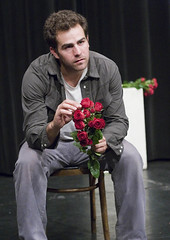
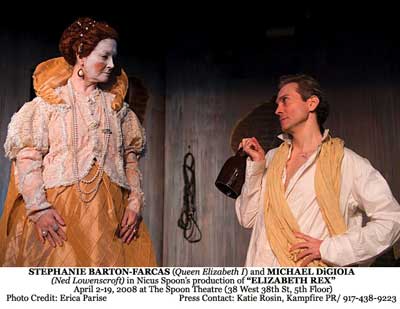

 They even offered us drinks on board.
They even offered us drinks on board.

